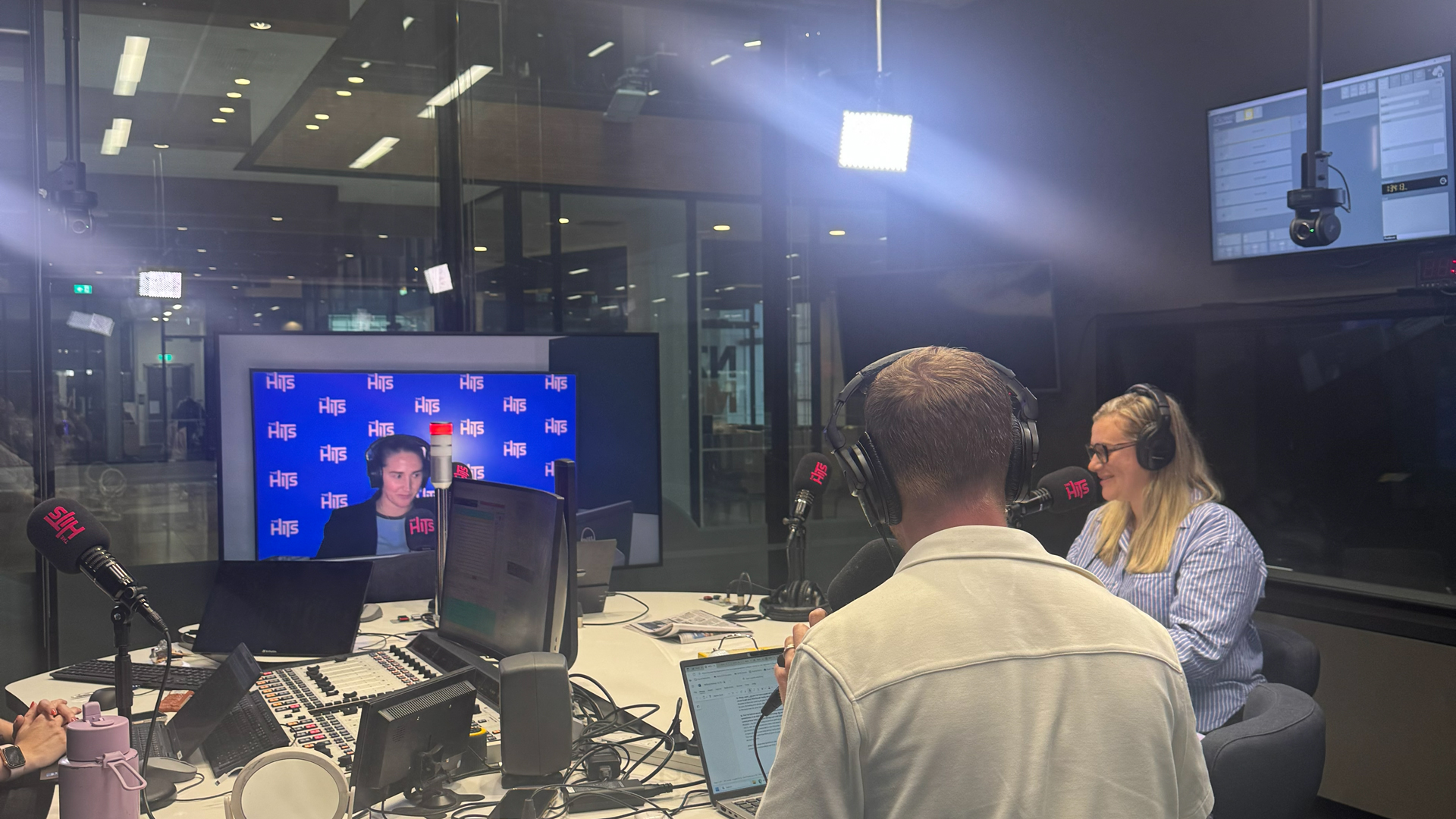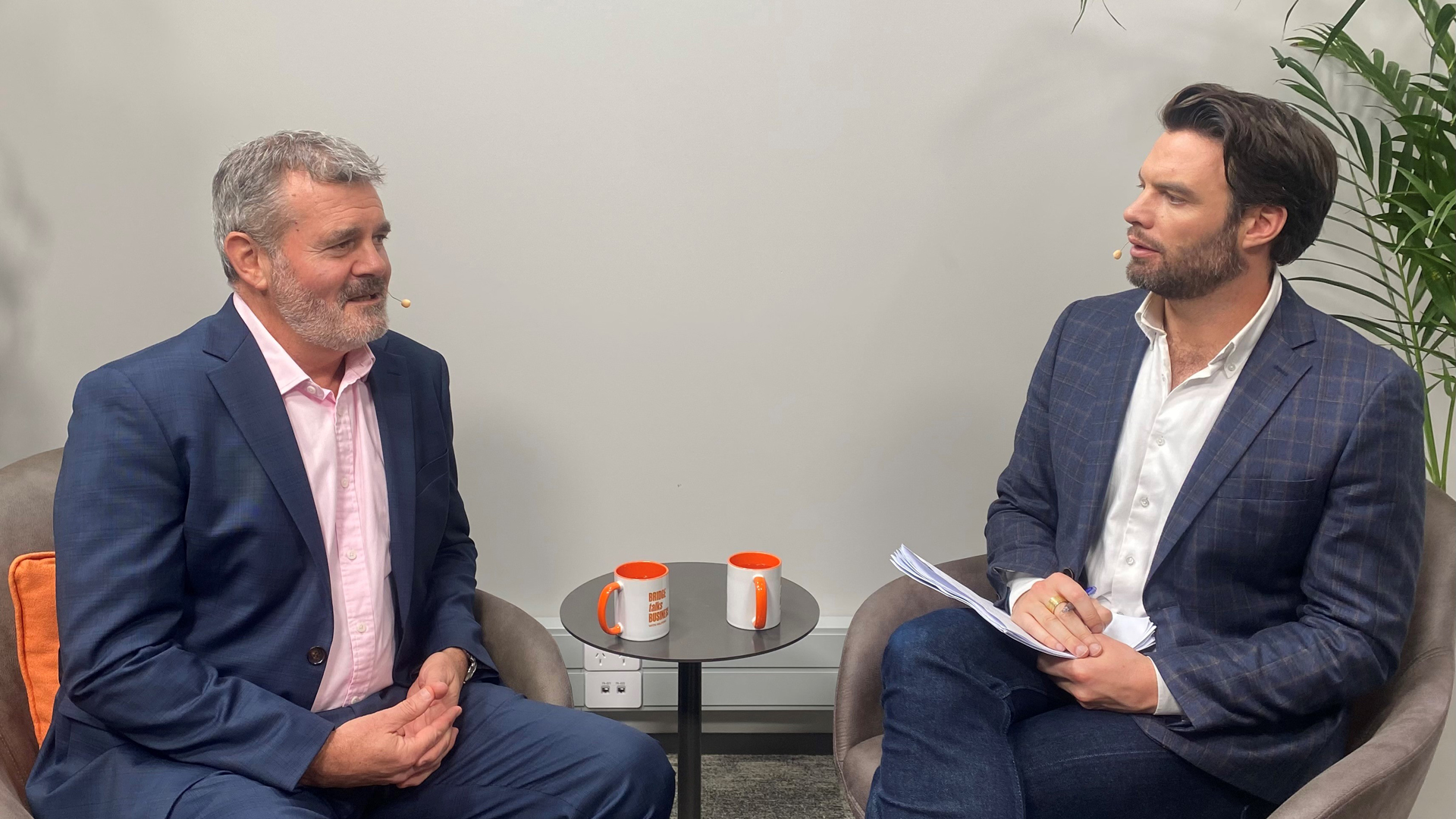KiwiSaver has reshaped how our nation saves for retirement, and broadened access to investment funds for a new generation. What are the lessons we’ve learnt along the way, and how could KiwiSaver evolve moving forward? Milford Portfolio Manager Jono Windust talks with Ryan Bridge about key learnings on reflection, and the critical drivers for continued KiwiSaver success.
Click here to download the MP3 file or listen to the podcast on your favourite platform:
Bridge talks Business: 28 October 2025
Episode Transcript
Ryan Bridge
Kia-ora and welcome to episode 54 of Bridge talks Business with Milford. Great to have your company. KiwiSaver is turning 18 years old and we’re going to celebrate with a fun fact today. If you had $10,000 invested with Milford’s Active Growth Fund way back when it started 18 years ago, the unit price is up now seven times, which means your $10,000 would now be worth $70,000.
We’re going to speak to the guy who runs that fund in just a second. First here’s your top five business bits.
1. Better late than never and better lower than higher. Delayed US inflation data ran a pinch below forecast. That said, with headline core inflation now running at 3% year-on-year, the Fed’s failed to reach its 2% target for four years on the trot.
2. In the UK, inflation has been sticky. It’s been stubborn. But last week’s number was lower than expected. There’s now a pretty decent chance it will finally fall back towards its target over the coming year.
3. The US and China have declared a successful round of trade talks, with hopes that a deal will be announced at the joint summit this week at APEC.
4. US company reporting has so far delivered solid results, as we’d been expecting, earnings growing 13% year-over-year.
5. This week we get the US Federal Reserve meeting where interest rates are expected to be lowered. We’ll get a quarter of a point. That’s despite the aforementioned elevated inflation backdrop. Investors also watching Australia closely. Inflation data tipped to move higher to 3.1% year-on-year.
Alright, it’s time to party and celebrate the 18th birthday of KiwiSaver. Most of us are our members, which is excellent and means it’s doing the job that it should. But how much better could it be doing over the next 18 years? Let’s take a look now at Jonno Windust, Portfolio Manager at Milford. Just a reminder, this segment is informational only and should not be considered financial advice. Jono, welcome back.
Jono Windust
Yeah. Good to be here.
Ryan Bridge
Good to have you here. Alright, so we’re marking KiwiSaver. It’s just turned 18. Has it passed high school?
Jono Windust
Yeah, my son’s just turned 18, so he’s just about to leave high school – so yeah, that’s the age.
Ryan Bridge
And what is it about KiwiSaver, do you think, because it’s such a big part of society – of New Zealand society – now. Right? And it’s taken us 18 years to get here. But what do you think it has changed the most for New Zealand?
Jono Windust
I think it’s been incredibly successful. So now we’ve got close to 3.5 million members. We’ve had fantastic returns over that period. So it really has changed the way people think about savings. And people have learned about savings as well. Historically in New Zealand, yeah very bad savers, didn’t really understand the market. So in that 18 years I think KiwiSaver has really helped us get used to investing and understand investing and share markets and fixed income markets and not just in property. So I think it’s been great for that.
Ryan Bridge
It takes a while for it to snowball though, right? What are the balances at now?
Jono Windust
So the average balance we think is about $40,000 per household. We compare that to Australia’s about $240,000 per household. And that is just that compounding, snowballing impact of investment and compound returns over time.
Ryan Bridge
$135-odd billion in total savings that we’ve got now as a country. That’s taken us 18 years. How much till we get to the $200, $300 billion mark?
Jono Windust
Roughly we think it’ll double in the next four to five years. So yeah, just that power of compounding and regular contributions into it. It’s going to continue to grow and compound. For us that’s fantastic. For KiwiSaver investors, that’s fantastic.
Ryan Bridge
What about the returns? When we started out, was the rate of return roughly what it is now, or does that just depend on the market?
Jono Windust
It very much depends on the markets and which funds you’re in. If you’re in a growth-based fund you can have up and down years. So, some years we’re close to zero. Over the 18-year period the Active Growth KiwiSaver has only being negative once actually – in 2022. So that shows it’s actually been pretty consistent for the compound returns since inception. Active Growth Fund is 11.93% over that 18-year period. So yeah, pretty fantastic really.
Ryan Bridge
Are we investing in different things now than when it started?
Jono Windust
Yeah, very much so. When KiwiSaver started, the Active Growth Fund, which I’m looking after now, was predominantly based in New Zealand shares, but that was because we were a much smaller fund back in those days. As KiwiSaver has grown, we’ve had to evolve and look at different asset classes. So now, typically with growth funds, about half of it is now invested in global shares, 10-15% New Zealand, 10-15% Australia. So it has evolved significantly.
Ryan Bridge
And of the half that’s invested globally, something like 70% is in the US. Why the US? I mean, obviously it’s the world’s biggest economy, but why is it such a drawcard for investors?
Jono Windust
It’s got the best companies in the world. So people talk about the Magnificent Seven and they are magnificent companies. They are dominant in their fields. The Microsofts, the Apples, the Amazons, the Googles. So they are fantastic companies. The US share market, or the US in general, is very shareholder friendly. So it is all about helping companies grow, favourable policies. They encourage entrepreneurialism. Greed is good. The culture of that, and equity ownership is very good. So that has, again, that compounding impact means that those companies have got bigger and bigger over time. And are likely to do so.
Ryan Bridge
Do you have a view on, you know, everyone’s talking lately about the record highs. And in just the last 24 hours, again record highs for the Dow, the Nasdaq and the S&P. All of them. Does that just keep happening? I mean, a lot of that is potentially to do with Trump and China and this deal, blah, blah blah. But does that just keep happening? Does it come off the boil at some point?
Jono Windust
There’s a lot of return chasing at the moment. So people are seeing the great returns and they’re chasing those returns. So some of its fundamental based in terms of companies are growing profits very strongly, but a lot of it is chasing returns. So valuations in the market are getting higher and higher. And now this chasing returns can go on for a period of time. It might go on for another six months, 12 months, two years. But eventually something will break the system. And some of those higher valuation companies potentially fall back to lower ones. So yeah, it can keep going. But the higher it goes, the higher it falls as well. So we have to be mindful of that.
Ryan Bridge
And that’s why you have a strategy, right? So for people listening to this podcast, it’s great that we invest in shares in the US because they get these returns etc. But what about in New Zealand? We’ve been talking politically here a lot lately about future funds, and trying to invest in Kiwi companies, private assets, stuff that’s not listed on the stock exchange. How much of that does KiwiSaver do or should it be doing?
Jono Windust
I think about our responsibility and it’s to get the best return for the risk. We want to invest in New Zealand and grow New Zealand. But we’re going to compare a New Zealand business to a global business. We encourage New Zealand. It’s easier for us to go and visit the management teams here. So we want to invest more in New Zealand. But we have to compare those opportunities with global ones. And the money is going to go to where the best risk reward is. Private markets – we’ve got a few private market investments, but it’s still relatively small as an allocation. And that again comes down to the opportunities set available to us in New Zealand.
So we’re constantly looking at New Zealand for opportunities. And yeah, there’s a lot of money here to invest in New Zealand companies. Precinct did a capital rase the other day for $300 million. So we participated in that for example. So the capital’s there to invest. Unfortunately though, the relative attractiveness means that we’re investing more and more offshore. If we had fantastic ideas here, we would invest more here.
Ryan Bridge
So it’s not necessarily an obstacle? It’s just a challenge.
Jono Windust
It is a challenge. Yeah. No, it is a challenge. And yeah, other things being equal, we’d rather invest in New Zealand. It is more tax efficient to invest here. Lower interest rates at the moment is also making it more attractive to invest here as well.
Ryan Bridge
Jono, what about this passive versus active – because you’re the Active Growth Fund manager. What’s the difference between active and passive? What does that actually mean?
Jono Windust
So a passive manager, he’s going to basically invest based on the market weight and index. So he’s not making an active decision in what they’re doing. It’s generally low fee. The idea is active managers can’t outperform markets over time. So let’s just be passive investing in the market. And as you said we’re the opposite of that. So we’re active. We’re actively looking to move the money around where we’re seeing those great opportunities, and construct a portfolio and control the risk in doing that. So if we think markets are a bit overheated or certain companies are overheated, we’ll move the portfolio around. And our view is that over time we’ll get better risk-adjusted returns.
And markets when it’s flying up, it’s hard sometimes to keep up with the market. So generally we do better when the market is falling. We help protect investors’ capital. So yeah, we manage it better from a risk-adjusted perspective.
Ryan Bridge
Must be a lot more work. You got to be awake all the time.
Jono Windust
Yeah, it’s hard being an active manager – particularly in these markets where things are moving so fast. And it’s one Tweet or one statement and the market will run again. So yeah, these days markets are quite challenging for active managers.
Ryan Bridge
It’s funny because you look at those tweets or the truth socials from Trump and you think it’s going to kick off again. But actually, there’s a meeting that he’s having with Xi Jinping this week, and they’re negotiating the final bits of a deal. And it’s just dealmaking. You know there’s so much to it, isn’t there.
Jono Windust
No there is, and yeah there’s a coin now – TACO – Trump Always Chickens Out. So the market’s becoming a little bit less sensitive to some of the Tweets. But at the moment, as I said, there’s a lot of money-chasing. So any positive news and the market’s going to jump on it, and we’re getting higher highs.
Ryan Bridge
So $135 billion in savings for New Zealanders, which is fantastic. 18-years-old. What do we need to do? What do you think the future holds? You said we can double that in the next five or six years. What are some changes that might need to be made? What are some improvements you think could be made? How do we grow gracefully into our KiwiSaver years?
Jono Windust
The challenge is on the managers to keep getting good returns. For us being active, making sure we’re getting good returns for the risk we’re taking, I think. Some of the managers, we think, are less active. And that gives investors a choice if they want to be less active. But if I was a KiwiSaver investor, I’d be challenging my manager a little bit more. Looking at their returns, looking at who’s managing the money, look at how they’re managing the risk. I think as people’s balances get bigger, it will be challenging. And actually making an active bet into which manager they’re invested. A lot of people are still just going into default or investing in the bank because it’s their bank. So I think that needs to evolve for New Zealand investors.
Ryan Bridge
So Michael Cullen set up KiwiSaver famously many years ago, now. The only thing I think most politicians – doesn’t matter which side of the aisle they’re on – would agree on, is that we just should have done it sooner.
Jono Windust
That’s right. And that’s what the Australian example shows. Their system per person about five and a half times larger than ours. So yeah, if people were sitting on more like $253,000 or $300,000 rather than $40,000, that’s a huge, huge difference. And again, it’s that power, the power of compounding. Active growth. Now the unit price is seven, which means if you put $10,000 in 18 years ago, you’d have $70,000 now, which shows that it’s the time in the market that does matter.
Ryan Bridge
Jono, thanks so much for being with me.
Jono Windust
Good to be here.
Ryan Bridge
That was Jono Windust from Milford, a Portfolio Manager, talking us through KiwiSaver. The first 18 years. Here’s to another great 18 for the future. Just a reminder you can like, follow and subscribe this podcast or share it with any friends or family who are interested in money or finance or retirement.
Or don’t forget, you can use your KiwiSaver to buy your first house as well. Until next week, don’t forget to invest in yourselves.
Missed previous episode? Don’t worry! Click here to catch up now.


